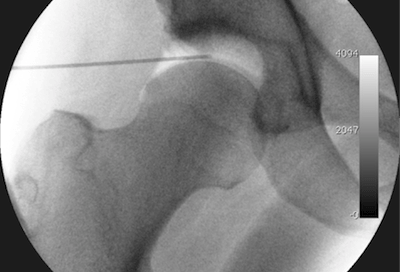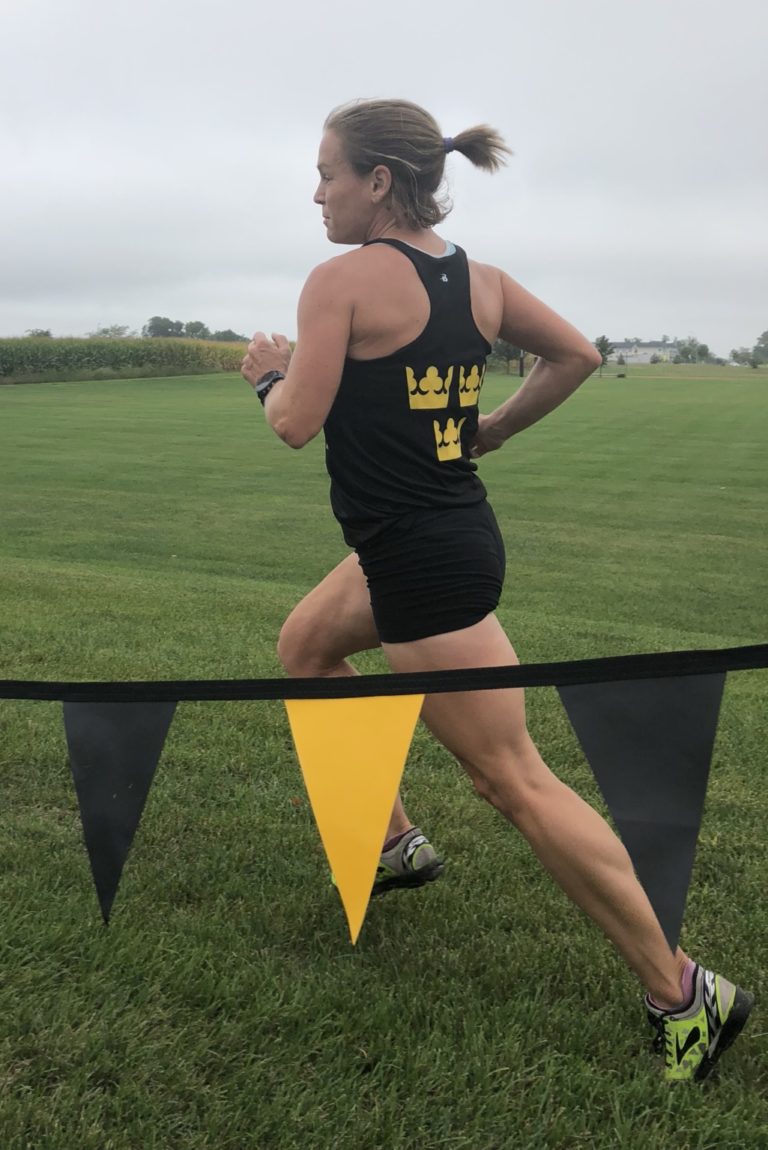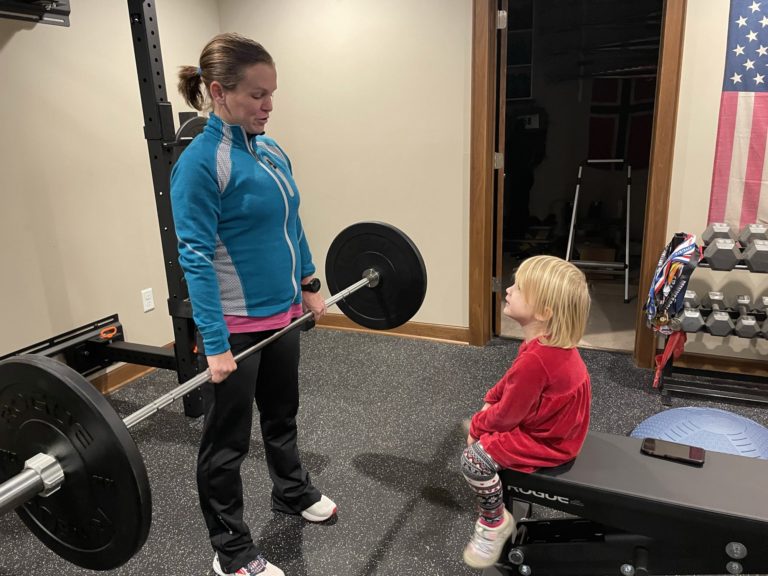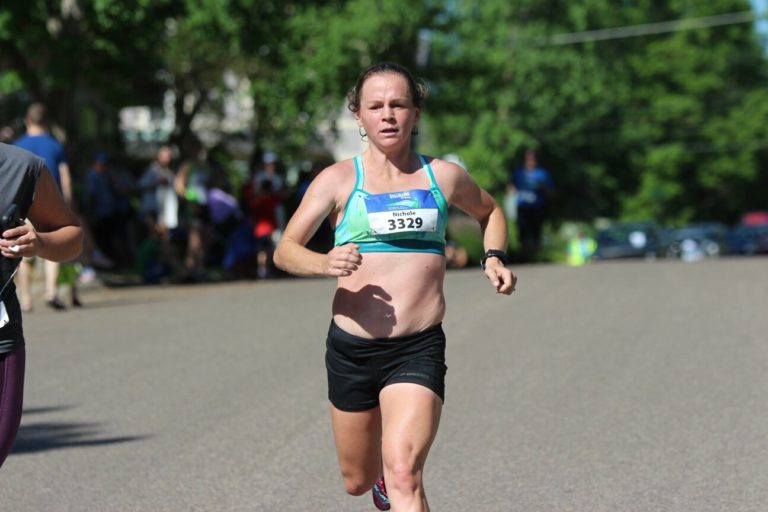The Curious Case of the Clumsy Legs, Cont.
In a lot of ways, training is going great. In the last 7 days I’ve knocked out a 70 minute MP effort (at or below 6:30s) and an 8 mile tempo w/ short rest periods in 6:19 – on a hot day with winds at 17 mph! It was during an 20 mile run before these workouts, though, that I realized:
This dead, clumsy leg is still there and what I’m doing now isn’t fixing it.

If you’ve been here for a while, you remember back in 2013 when I started to trip over my legs (one of my most read blog posts detailing symptoms here). If I stop to stretch my legs will “work” for a little longer, until they become clumsy again. Stop, stretch, repeat. Needless to say, I started the 2013 NYC marathon with the professional women’s division and I ran most of the race far, far behind women I had once been able to race with.
I thought it was severe over-training. I had been logging 100-120 miles per week for a long time, all while maintaining a demanding corporate job. I was running myself ragged, not sleeping, running too far, too hard, too often — you get the picture. I wasn’t having fun anymore.
Nathan and I decided to start a family. Although a big part of that was my maternal clock screaming “baby!”, it was also partly because I knew I needed to take a big break from training & racing. Pregnancy would do just that for me. Except, the 9+ months of easier running and time off didn’t “fix” my legs. I remember my first 5k back (race recap here) after Greta was born. My legs were just as clumsy as before pregnancy. I was devastated.
Fast forward to after Anna, kiddo #2. I’ve had a lot of hip issues after her: some buckling, limping, and some clumsiness. Definitely not as bad as before and right after Greta. My core was very mushy after Anna (thank you, two kids in two years for that gift) so I knew I needed to start there. Perhaps it was all strength related.
I did a ton of PT work, with two different therapists. Seriously. A ton. I’ve made a lot of progress with my hip flexor, glute strength, and hamstring strength. My core is no longer mush – you can see the semblance of abs! But, there have been a lot of workouts that I’ve written Jerry, “I held together through 20 minutes of this MP segment” or “legs came undone, pace fell dramatically when it happened”. It seemed to be getting better. I could do more and more hard work without tripping. I think.
But then there was this 20 miler where at mile 9 I was no longer my springy, light self. Instead, I was surviving, dragging this leg along for the remaining 11 miles. Craig and Nate were nice enough and stopped with me when I needed to stretch to get it back into place/get it working again, but man… this sucks! I started to cry at mile 13 as I realized: there is no way I can be the marathoner I want to be with this. Whatever “this” is.
I lay awake that night and googled “clumsy legs” for the millionth time. A Let’s Run thread on it caught my eye. I hadn’t seen this before! You guys, it’s a 12 year thread from people with exactly my same symptoms! It’s the longest injury thread on Let’s Run (check it out here!). It’s scary – all of these people have weird neurological symptoms surrounding the control of their legs? My goodness…
After spending several hours that night reading the thread (I finally fell asleep after 3am), I had concluded that I needed to see someone. It seemed like it could be:
- A labral tear, but without pain. Some had surgery (like John Davis, author of the Running Writings blog) and were able to return to running without symptoms! (most common in the thread)
- John’s blog post about his injury is here. I found it fascinating.
- Runner’s Dystonia. Google dystonia, it’s very interesting. Watch some videos too.
- Something in my back – bulging disc, pinched motor nerve, etc.
- Glute weakness/strength imbalances causing the brain/body to not be able to communicate and fire properly
I asked John who he saw for his surgery. He had a labral tear, had surgery, and is now back to training & competing without issues. He pointed me to an orthopedic surgeon in the TC area. I saw Dr. Moser, an orthopedic doctor, who is connected to the surgeon earlier this week. It’s been a whirlwind ever since.
Since this is already a long thread, here’s a sneak peak at the findings so far. I’ll elaborate on all of this in my next blog post so as to not make this a novel! It’s been quite a week, especially since I fit in a crazy week at work with month-end close!
- Monday mid-day: Initial appointment and X-rays. Decide to image R hip and lower spine
- Tuesday evening: MRI at CDI in Woodbury. They have a fancy MRI machine so I didn’t have to get a dye injection for a good picture (less stuff injected into me = better). Probably wicked expensive though. Got home after 11pm. It was nice to have a night appointment, otherwise I would have had to miss 3-4 hours of work!
- Thursday: Meet with Dr. Moser to review MRI.
- My back shows development of Schmorl nodes, also referred as intravertebral disc herniations. That means: cartilage protrusions of the intervertebral disc through the vertebral body endplate and into the adjacent vertebrae. It’s hereditary. Thanks, pops.
- No nerve impingments.
- Very slight labral tear. Most of us have a slight tear. This one is nothing that would bother me. Hurrah, no labral tear surgery, where recovery is long and difficult.
- Significant hamstring tendinosis where the hamstring connects to the “sit bones”. The hamstring on the right side isn’t fully attached. It’s damage to a tendon done over time – a degenerative type of condition.
- Right side also houses scar tissue from a partially torn hamstring (belly of muscle) from college.
- Slight hip impingement
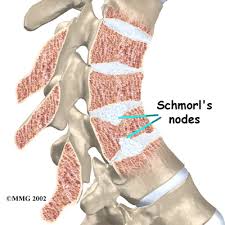
- Friday morning: Meet with Dr. Moser for a lidocaine injection (numbing agent) so that we can isolate the hip impingement symptoms from the tendinopothy. Topical anesthetic, 4 inch needle into the hip joint itself, then a hard and fast run. I held on to the medical resident’s hand during the procedure! I did NOT watch the needle going into my joint on the ultrasound monitor. No thank you.
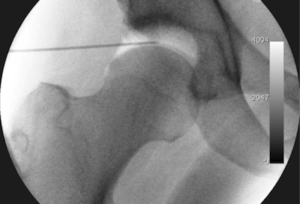
- Now, future plans: Monday afternoon (5/7): Going in for a platelet rich plasma (PRP) injection into the hamstring insertion point to hopefully get my body to repair the connection. Potentially injection into belly of hamstring too.
- Monitor PRP progress at 6 weeks and 12 weeks. In the meantime, connect with a PT experienced with manual therapy (to dig at the tendon so that the body says, “hey! you just got injured here! let’s fix this!” (which combo of that physical response and the chemical response from the plasma) will give it as good of a chance as any of actually healing.
- Then, continue with a diligent routine of strengthening, stretching, and PT exercises. Yes, I actually have been diligent – and will need to continue to be in order to give myself the best shot possible.
If only I didn’t care about being able to train and race at a high level! Ha! If only I didn’t love the day-in, day-out grind of marathon training. I could choose another sport – one that didn’t require as much from my hamstring. I could get away with a 1/2 attached, 1/2 scarred hamstring in Nordic Skiing. In Biking. Maybe. But if there is hope that I can get back to being able to pound the pavement without fear of clumsy legs, then I’m going to at least try. I just love this sport too much to be limping along like this!!
More to come!
